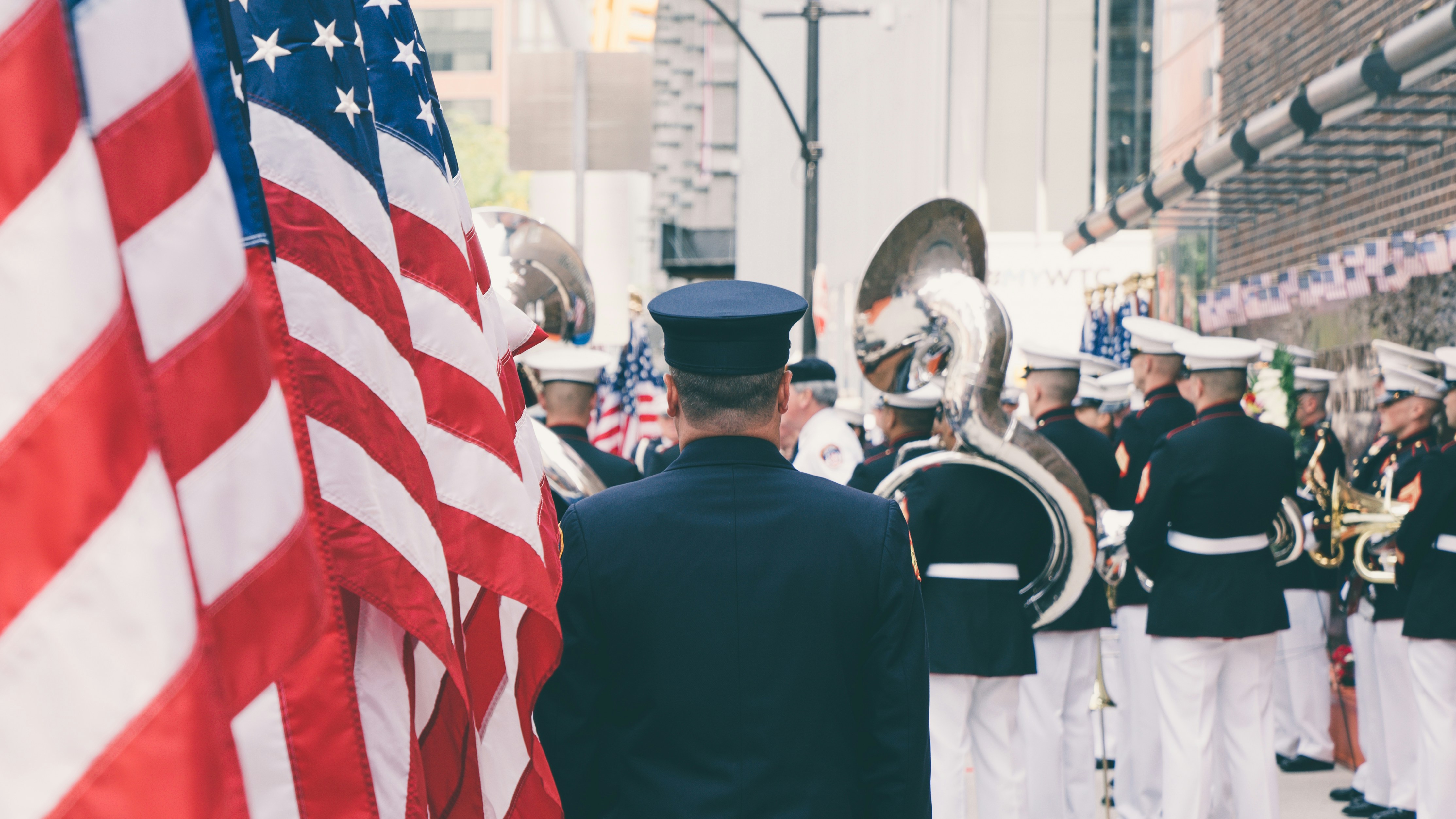In today’s customer-centric market, consistent, high-quality support is a competitive advantage. The most reliable way to achieve it is by integrating quality assurance (QA) into customer service training.
Why Quality Assurance Matters in Customer Service Training
Exceptional customer service drives loyalty
Customers expect timely responses, personalized interactions, and solutions that meet their needs. According to PwC research on customer experience, 73% of consumers say a good experience is key to influencing their brand loyalties.
QA turns standards into consistent performance
QA operationalizes standards into day-to-day behaviors through clear expectations, aligned coaching, and feedback loops that improve results over time. For an overview of how QA elevates support quality and the employee experience, see Help Scout’s guide to customer service quality assurance.
Key Components of Quality Assurance in Customer Service Training
Define customer service standards
Document what “excellent” looks like for your organization. Common elements include:
- Target response and resolution times
- Tone, empathy, and personalization guidelines
- Depth and accuracy of troubleshooting
- Escalation and handoff criteria
- Documentation quality and completeness
Develop QA guidelines and scorecards
Create practical QA guidelines that translate your standards into observable behaviors and scoring criteria. Define rating scales, weighting, what “meets” versus “exceeds” looks like, and severity levels for misses. These guidelines anchor evaluations, coaching, and calibration.
For a deeper dive, see Quality Assurance Customer Service Guidelines: How to Implement and Succeed.
Incorporate QA into training
Embed QA expectations into onboarding and ongoing training with examples, rubrics, and calibrated sample interactions. Make expectations explicit from day one and give agents opportunities to practice with feedback.
Enable continuous feedback and improvement
Use QA results to drive timely feedback, targeted coaching, and refresher training. Revisit standards and scorecards as products and customer expectations evolve, and run regular calibration sessions to keep scoring consistent.
Steps to Implement QA in Customer Service Training
- Assess your current training program. Review curricula, call/ticket shadowing, and current QA processes. Identify gaps in standards, scorecards, documentation, calibration, and coaching.
- Define clear QA objectives. Set measurable goals such as improved Customer Satisfaction (CSAT), reduced reopens, faster first response time, higher QA scores, or fewer escalations.
- Create QA checklists and forms. Design scorecards aligned to your standards. Include criteria such as accuracy, completeness, empathy, policy adherence, security/compliance, and effective next steps. For practical guidance on building a review program and scorecards, see HelpDesk: How to set up a customer service QA review program.
- Train the trainers and coaches. Ensure facilitators and QA reviewers understand scoring, calibration, and coaching techniques so they model expectations consistently.
- Monitor, evaluate, and iterate. Use QA reviews during and after training to validate proficiency. Share actionable feedback, recognize wins, and refine materials based on trend data.
Best Practices for Effective QA Customer Service Training
Encourage a culture of quality
Leaders should model quality behaviors, celebrate improvements, and make QA data transparent. Treat QA as enablement, not policing.
Use real customer scenarios
Practice with anonymized tickets, calls, and chats. Role-play challenging cases and review them with your scorecard to build judgment and consistency.
Leverage technology
Use tools to streamline evaluations, automate checklists, and centralize coaching. Quality Agent offers AI-powered QA checklists that enhance training and assessments. Integrate QA workflows with your support platform (for example, HubSpot, Help Scout) to centralize reviews, feedback, and reporting.
Overcoming Challenges in QA Customer Service Training
Resistance to change
Explain the “why,” involve agents in defining standards, and pilot new processes with champions. Emphasize how QA supports growth and fair, consistent expectations.
Keeping training engaging
Favor interactive workshops, peer reviews, and microlearning over lectures. Rotate facilitators and use multimedia examples to maintain energy and relevance.
Measuring training effectiveness
Track leading and lagging indicators, and regularly calibrate reviewers to keep scoring consistent. Consider metrics such as:
- QA scores
- Customer Satisfaction (CSAT)
- First Contact Resolution (FCR)
- Average Handle Time (AHT)
- Reopen rate
- Coaching completion
For more guidance, see Help Scout’s guide to customer service quality assurance.
Case Study: Success Through QA-Integrated Training
Background: TechSolutions Inc. faced declining customer satisfaction due to inconsistent service, so they integrated QA into training.
Action: The team defined clear standards, built QA guidelines, and created detailed scorecards. Training combined role-play with calibrated QA assessments and targeted coaching.
Result: Within six months, CSAT rose 25% and ticket resolution times decreased by 15%.
Conclusion
Integrating QA into customer service training builds a high-performing support team. By setting clear standards, embedding them in training, and fostering continuous improvement, you create consistent, high-quality experiences that scale.


